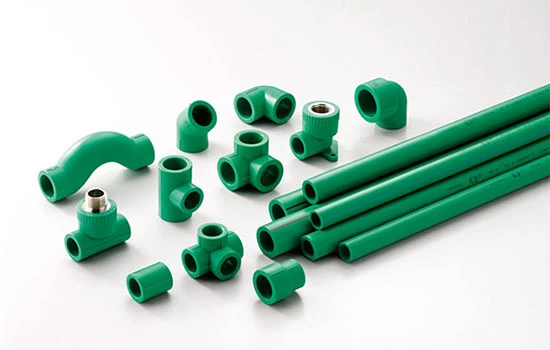
Socket fusion is a reliable method for joining PPR pipes and fittings, ensuring strong and leak-proof connections. Proper preparation is crucial for achieving optimal results in this process. Let’s explore how to prep PPR pipe and fittings effectively for socket fusion.
What is PPR?
PPR stands for Polypropylene Random Copolymer, a durable plastic widely used in plumbing. Its resistance to corrosion and ability to handle high-pressure systems make it a preferred choice for both residential and industrial applications.
Understanding Socket Fusion
Socket fusion involves heating the ends of PPR pipes and fittings until they melt and then joining them together. This method creates strong joints that are often stronger than the pipe itself. It’s a quick and efficient way to install plumbing systems.
Tools and Equipment Needed
To successfully perform socket fusion, you’ll need essential tools such as a pipe cutter, a fusion machine, and a deburring tool. Investing in quality equipment ensures precision and enhances the overall effectiveness of the fusion process.
Preparation Steps for PPR Pipe and Fittings
- Cleaning the surfaces: Start by cleaning the ends of the pipe and fittings to remove dirt and debris.
- Cutting the pipe: Use a pipe cutter for clean, straight cuts, which are essential for a good fit.
- Checking alignment: Ensure that the pipe and fitting are aligned properly before heating.
Heating the Pipe and Fittings
Heat the ends of the pipe and fittings using a fusion machine. Typically, the optimal temperature is around 260°C (500°F), and heating should last about 5-10 seconds, depending on the pipe size. Always refer to the manufacturer’s guidelines.
Joining the Pipe and Fittings
Once heated, quickly and firmly push the pipe into the fitting. The key is to do this within the specified cooling time to ensure a proper bond. Hold the joint for a few seconds to allow the molten material to fuse.
Cooling and Setting
Allow the joint to cool undisturbed for at least 5 minutes. This time is critical for the joint to set properly, ensuring a strong, leak-proof connection. Avoid moving the joint during this period.
Common Mistakes to Avoid
Some frequent errors include not cleaning the surfaces properly, overheating, and rushing the joining process. Take your time to ensure each step is done correctly for the best results.
Testing the Fusion Joint
After the joint has cooled, it’s important to test its integrity. You can do this by applying pressure gradually and checking for leaks. If the joint holds under pressure, you’ve successfully completed the fusion.
Maintenance of PPR Fusion Joints
Regular inspections of the joints are essential for long-term reliability. Look for any signs of leaks or deterioration and address issues promptly to maintain the system’s integrity.
Conclusion
Preparing PPR pipe and fittings for socket fusion is crucial for creating strong, durable connections. By following proper steps and avoiding common mistakes, you can ensure reliable plumbing systems that last for years.
FAQs
- What is socket fusion?
- Socket fusion is a method of joining PPR pipes and fittings by heating and melting their ends.
- What tools are needed for socket fusion?
- Essential tools include a pipe cutter, fusion machine, and deburring tool.
- How long should I heat the pipe and fittings?
- Typically, heating should last about 5-10 seconds, depending on the size.
- How can I test the fusion joint?
- Gradually apply pressure and check for any leaks.
- What common mistakes should I avoid?
- Avoid not cleaning surfaces, overheating, and rushing the joining process.

















